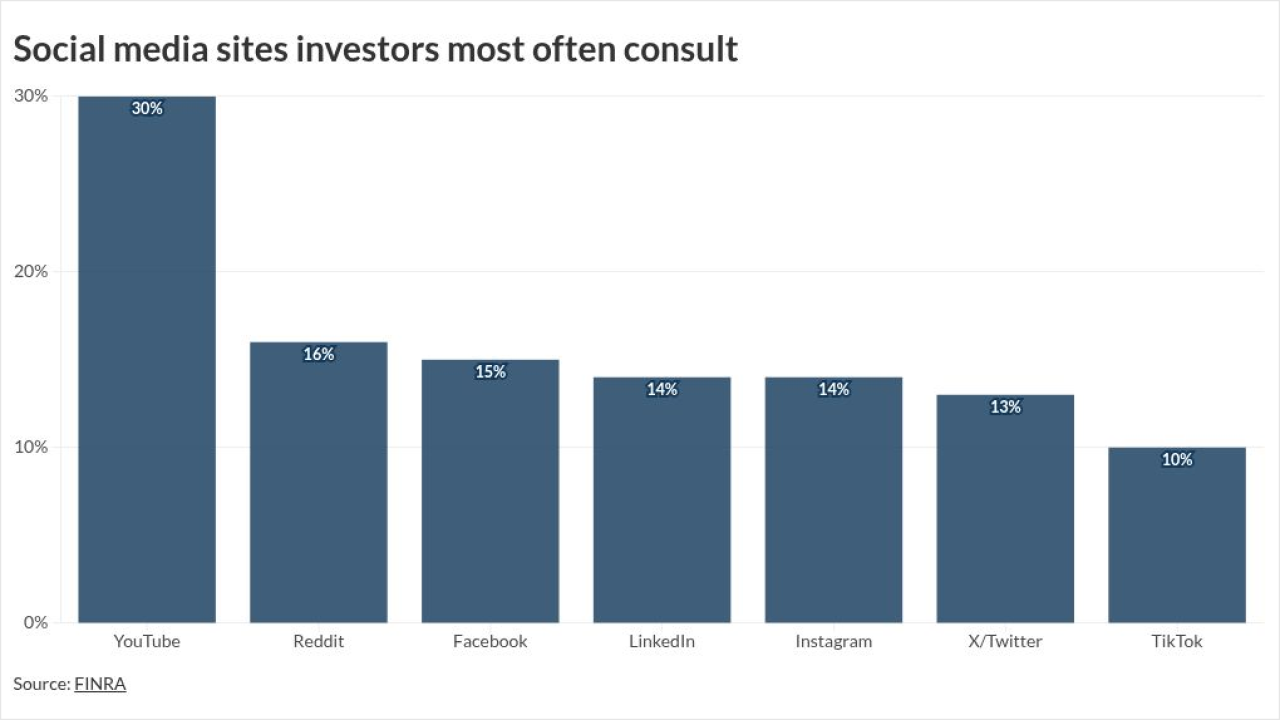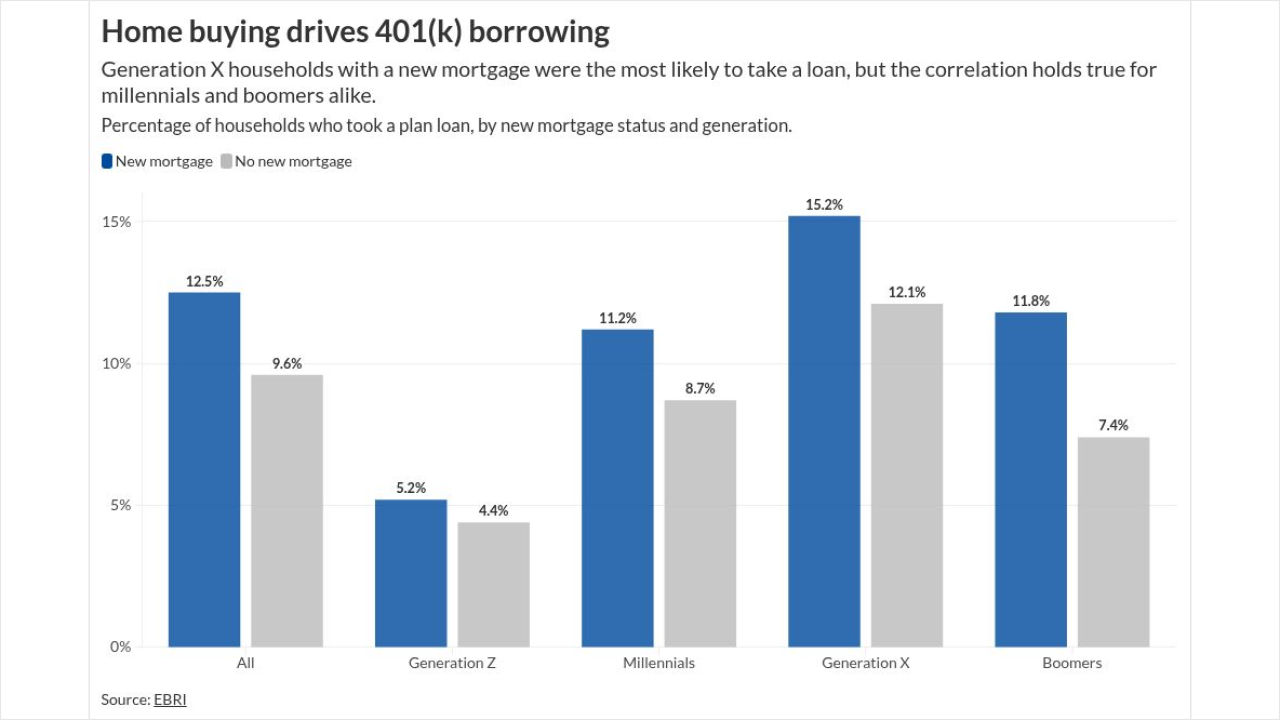Short-termism is taking on a whole new meaning in the U.S. bond market.
Debt investors can’t get enough of securities with less than 12 months to maturity, thanks to an increasingly uncertain outlook for interest rates and global growth. ETFs that invest in ultra-short bonds attracted a record $4.1 billion last week, data compiled by Bloomberg show. Meanwhile, ETFs of one-to-three year notes lost the most cash in a year.
Intensifying worries over weak U.S. data, the impact of President Trump’s multi-front trade war and the outlook for interest rates have whipsawed investors over the last few weeks, fueling demand for haven assets. A portion of the yield curve — closely watched as an indicator of recession — is near the most inverted in over a decade, and traders are pricing-in a rate cut by July.

“People are just moving to the sidelines until the economic uncertainties clarify,” said James Solloway, chief market strategist at SEI Investments. “You’re not going to get rich by investing in cash.”
-
Households struggling with even modest debt levels may be less resilient than in years past, research shows.
May 30 -
Forget bond ladders. Laddering defined-maturity exchange traded funds may be a safer fixed-income strategy for clients.
September 1 -
The "Rule of 100" follows the rule-of-thumb of growing more conservative as investors grow older, but it also may be obsolete since it was developed when interest rates were higher.
October 3
Investors added more than $3.2 billion to BlackRock’s iShares Short Treasury Bond ETF (SHV) last week, the most since the fund began trading in 2007. And State Street’s SPDR Bloomberg Barclays 1-3 Month T-Bill ETF (BIL) saw its largest weekly inflow since 2011. Both funds focus on securities with less than 12 months to maturity.
The move to the short-end of the curve is “tactical and short term, not strategic,” said Solloway. Yet government notes that mature in one month currently yield about 2.31%, 30 basis points more than one-year debt.
Multiple rate hikes by the Fed last year contributed to less-than-stellar results.
Ultra-short bond funds may continue to deliver more than short-term funds thanks to the “firmly inverted” yield curve, JPMorgan Chase strategists led by Alex Roever wrote in a June 7 note.
That’s bad news for slightly longer-term debt funds. The $18.8 billion iShares 1-3 Year Treasury Bond ETF (SHY) — previously a beneficiary in uncertain times — saw its biggest weekly outflow since 2014 last week, with investors yanking $2.1 billion.
With uncertainty set to persist until the Fed meets next week, it could only get worse. — Additional reporting from Sarah Ponczek






